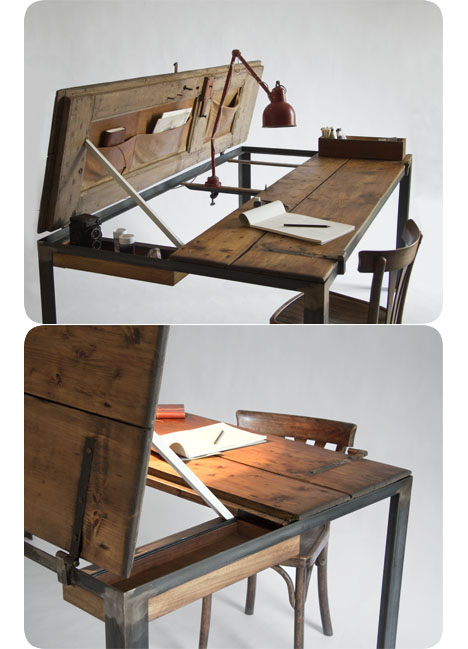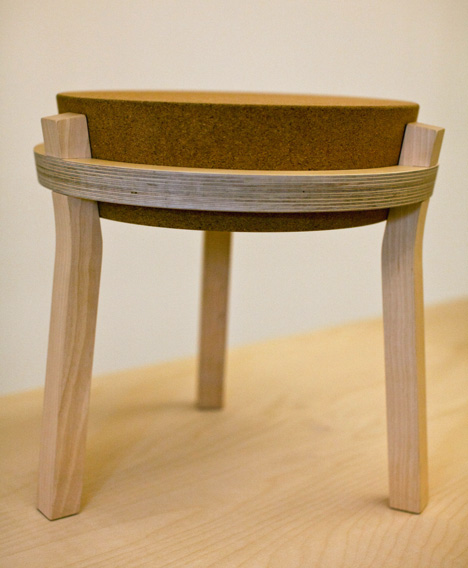 Images and Reporting by Ciara Taylor
Images and Reporting by Ciara Taylor
Last Wednesday, at the Design Research Conference held at the Spertus Institute in Chicago, a number of presentations centered on the theme of executing design research in different kinds of organizations: corporations, startups, and consultancies. The following presentations gave insight into the practices, methods, and challenges of designers and design researchers at each of these kinds of organizations.
Ken Kellogg and Gina Villavicencio, Senior Directors of User Research at Marriott ecommerce, delivered a talk, "Finding Balance: Making Research Driven Decisions in a Corporate Environment." A key point of the presentation was that, in using research results to drive decisions made in a large organization, it is important to be mindful that different people need different things. Creative professionals are traditionally well-versed in qualitative data. Business-minded decision makers at an organization are likely to be influenced by quantitative analyses. A balance of both is essential for fruitful collaboration between different disciplines in a corporate environment.
Charles Adler, Co-founder and Creative Director of the crowdfunding platform Kickstarter, gave a talk titled "Designing and Managing with Trust in Mind." Kickstarter has thirty employees, which creates more flexibility with research methodologies and business decisions. Throughout his talk, Adler emphasizes the trust he has in his employees and the decisions they make. He also touches on the company's research methods, which have a personal focus, and merge both qualitative and quantitative methods. They employ interviews and field research, meetups with the community, chat, analytics and usability studies. Adler reflected that an advantage of being a smaller organization was the opportunity to build personal relationships with their users, and from that comes feedback they can apply to future decisions.
(more...)












 This is the first post in a 7-part series from Panthea Lee of service design consultancy, Reboot. Lee will explore the role of design in international development, The Messy Art of Saving the World
This is the first post in a 7-part series from Panthea Lee of service design consultancy, Reboot. Lee will explore the role of design in international development, The Messy Art of Saving the World



 Detroit
Detroit



















 Bright White 1
Bright White 1










